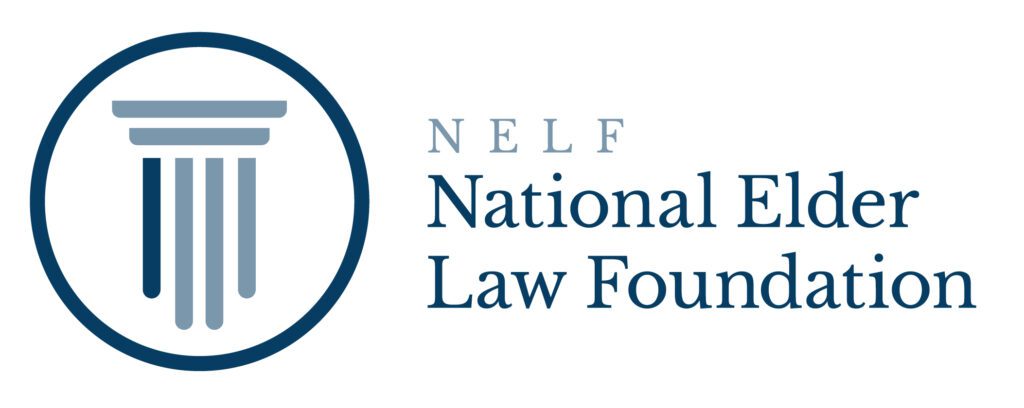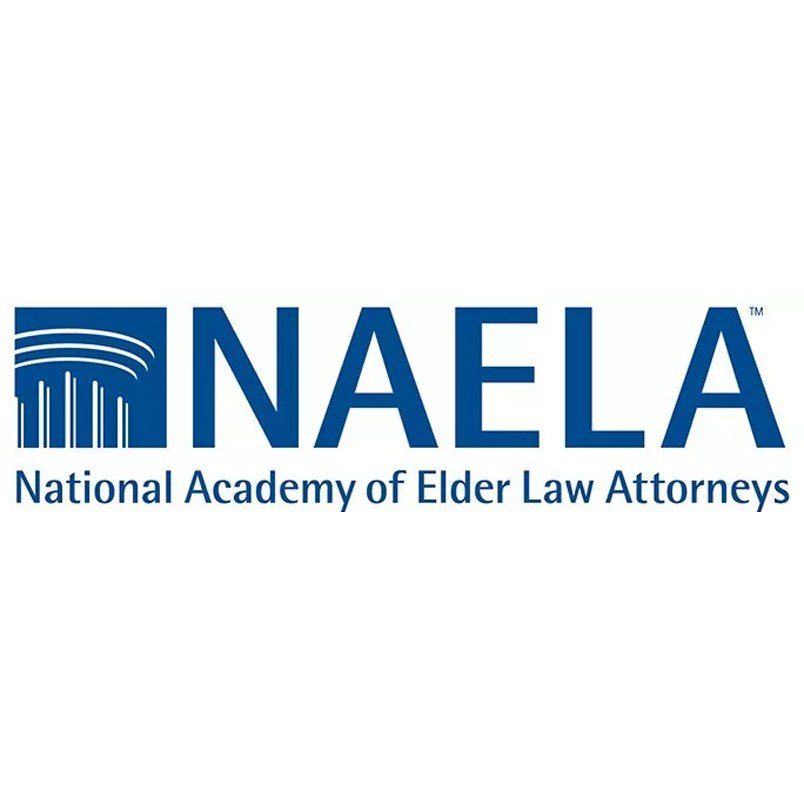Americans are generous. A majority of Americans give money to charity. But due to a 2017 change in the tax laws, few Americans have been able to take a tax deduction for those donations, Now, under the recently enacted CARES Act, the charitable deduction window has been opened again for most American taxpayers. But only slightly. Here are the details.
Section 2204 of the CARES Act allows eligible individual taxpayers to deduct up to $300 of qualified charitable contributions made during the taxable year.
- Only cash donations are deductible. Donations of clothing, stock or automobiles won’t qualify).
- Taxpayers who itemize their deductions can’t take the new $300 deduction. On the other hand, if you are among the vast majority of taxpayers who take the standard deduction you can claim this new $300 reduction in taxable income.
- Gifts to a donor-advised-fund account do not qualify. Nor does money given to so-called 509(a)(3) supporting organizations.
- No special form will be required. Taxpayers should be able to claim the deduction directly on their 1040 return. They should retain the receipt they get from the charity as proof of the donation.
- The new charitable deduction does not apply to 2019 tax returns. If you take the standard deduction you can claim the new charitable deduction on the 2020 federal income tax return you file in 2021.
Can married couples filing a joint return claim $600 in deductions? This is not clear from the legislation. We will have to wait for IRS guidance on this question.
Remember that the new charitable deduction applies to tax returns for the 2020 tax year and after. So, you can’t use it on last year’s 2019 returns. And while the tax break is relatively small, it is enough to be worth claiming. For example, if you are a single taxpayer in the 22% tax bracket who contributed at least $300 in cash to a public charity in 2020 the deduction will save you $66. If you don’t need the money you save, you can always give it to charity.
Here is the specific text of Section 2204 of the CARES Act:
SEC. 2204. ALLOWANCE OF PARTIAL ABOVE THE LINE DEDUCTION
FOR CHARITABLE CONTRIBUTIONS.
(a) IN GENERAL.—Section 62(a) of the Internal Revenue Code
of 1986 is amended by inserting after paragraph (21) the following
new paragraph:
‘‘(22) CHARITABLE CONTRIBUTIONS.—In the case of taxable
years beginning in 2020, the amount (not to exceed $300)
of qualified charitable contributions made by an eligible individual
during the taxable year.’’.
(b) DEFINITIONS.—Section 62 of such Code is amended by adding
at the end the following new subsection:
‘‘(f) DEFINITIONS RELATING TO QUALIFIED CHARITABLE CONTRIBUTIONS.—
For purposes of subsection (a)(22)—
‘‘(1) ELIGIBLE INDIVIDUAL.—The term ‘eligible individual’
means any individual who does not elect to itemize deductions.
‘‘(2) QUALIFIED CHARITABLE CONTRIBUTIONS.—The term
‘qualified charitable contribution’ means a charitable contribution
(as defined in section 170(c))—
‘‘(A) which is made in cash,
‘‘(B) for which a deduction is allowable under section
170 (determined without regard to subsection (b) thereof),
and
‘‘(C) which is—
‘‘(i) made to an organization described in section
170(b)(1)(A), and
‘‘(ii) not—
‘‘(I) to an organization described in section
509(a)(3), or
‘‘(II) for the establishment of a new, or maintenance
of an existing, donor advised fund (as
defined in section 4966(d)(2)).
Such term shall not include any amount which is
treated as a charitable contribution made in such taxable
year by reason of subsection (b)(1)(G)(ii) or (d)(1)
of section 170.’’.
(c) EFFECTIVE DATE.—The amendments made by this section
shall apply to taxable years beginning after December 31, 2019.




